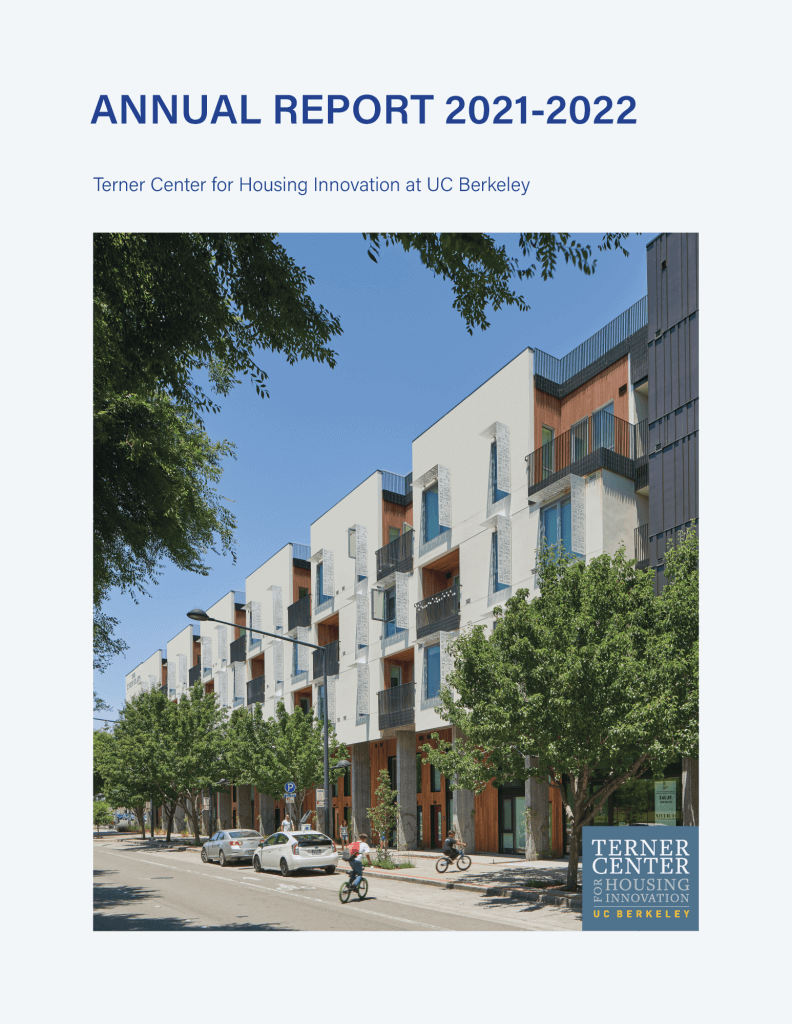Making the Case for Data Transparency and Clarifying the Goals of Recent Brief on Rising Rents
Published On October 7, 2022
Letter from Ben Metcalf, Managing Director
Our recent brief Rising Rents, Not Enough Data generated quite a few calls and emails regarding our methods as well as our intent in publication. We heard concerns that this brief seemed to lack the Terner Center’s typical objective lens. We appreciate the feedback and I wanted to take a minute to respond to these concerns.
First, let me clarify what the brief did not do. It did not seek to take a position on whether California’s rent cap law, AB 1482, should be amended to increase eligibility or whether local rent control ordinances should be enacted or changed. And it did not attempt to model whether the high rates of rent increases that we saw from the 2021-2022 time period following the pandemic are likely to continue. Nor was it able to explore actual rates of compliance with AB 1482.
Next, let me clarify what the brief’s goals were. This brief aimed to show the need for better data on the rental market in order to evaluate the impact of policies like AB 1482. The brief sought to highlight a longstanding Terner Center concern: without better data on changes in rent prices, we cannot know if and how policies are working in practice. But California’s rent cap is just one example where better rental data would make a difference. Whether it’s protecting tenants or encouraging new rental housing construction, we need to know what is happening with current rents in order to know if policies are working.
That said, we recognize how our findings in this paper could be taken out of context or used to support positions that we were not taking. It’s our job to not just to get the facts right, but also to ensure we’re contributing to a greater shared understanding of the issues from all sides. By focusing on AB 1482 as the sole basis for the need for better rental data, we missed an opportunity to present a stronger and more balanced case. For example, more up-to-date and complete rental data could help policymakers better calibrate how long (and at what levels) to extend and sustain emergency rental assistance or how to better target federal housing vouchers to the locations and people who need them most. Unit-level rental data could also help us determine the impact of expanding housing supply or track the affordability of new units created by state policy changes. Expanding public data on rents is not a radical proposal. Indeed, we have publicly-available mortgage data, which has allowed researchers to shape and study the effect of policies designed to expand access to homeownership for decades. We would like to see the same kind of transparency in the rental market.
The Terner Center prides itself on the rigor of its research and the soundness of its conclusions. We don’t shy away from controversial topics but we do strive to make sure our contributions can productively shift the policy conversation; in this case, we could have done better. Please keep the feedback coming; my door is always open.
Ben Metcalf, Managing Director





